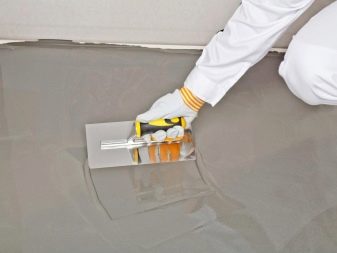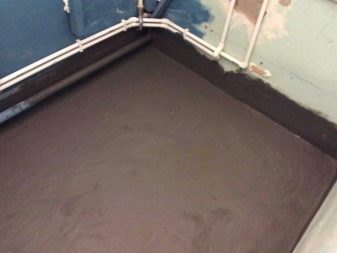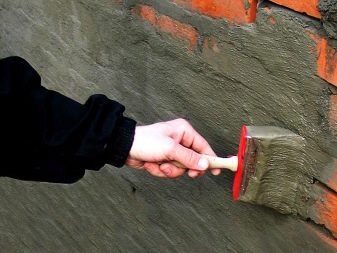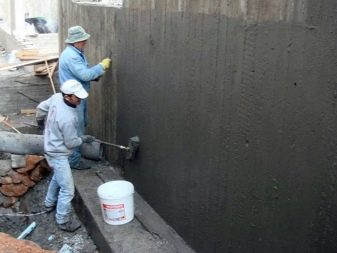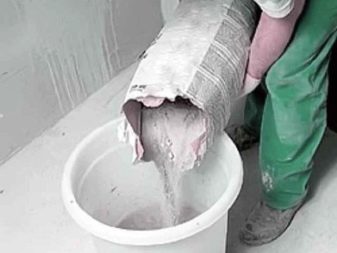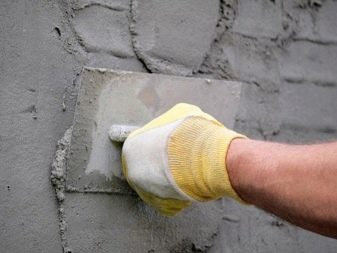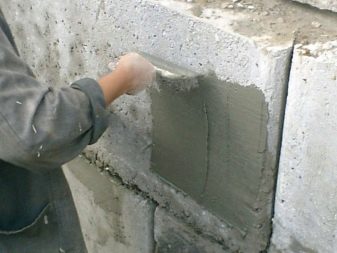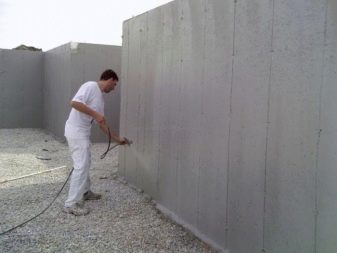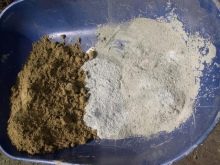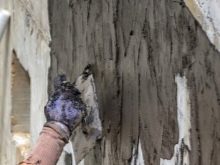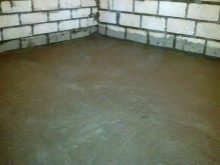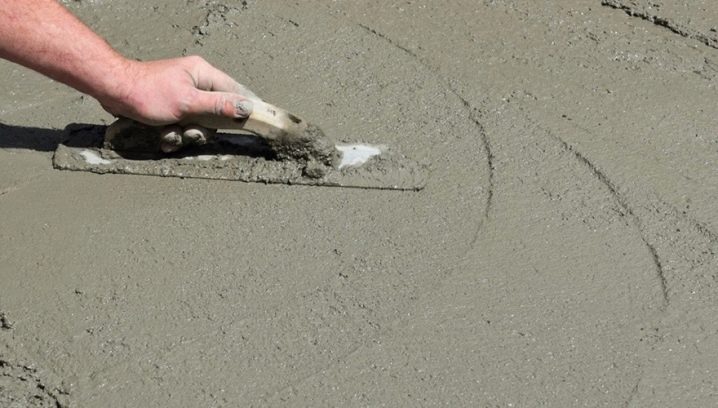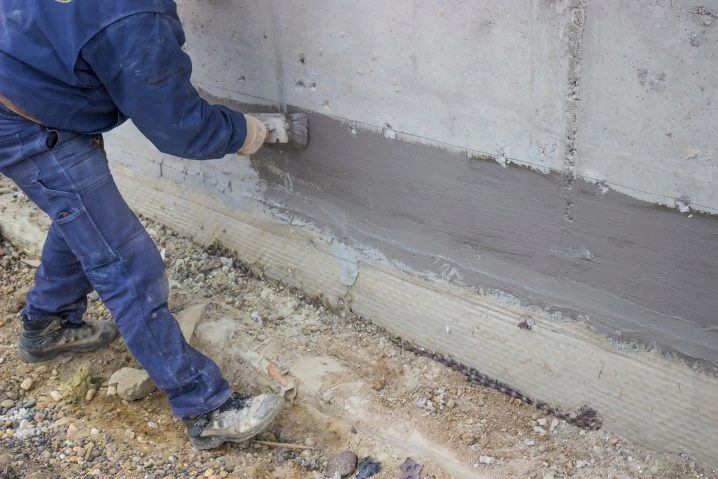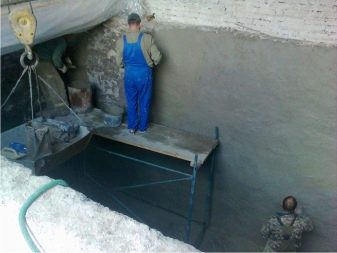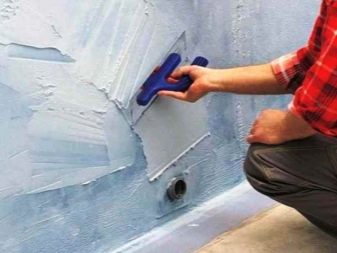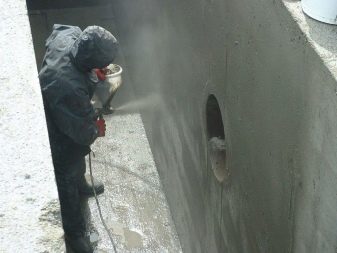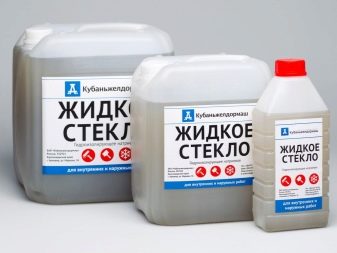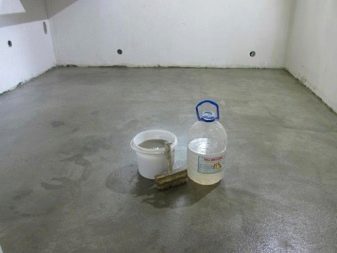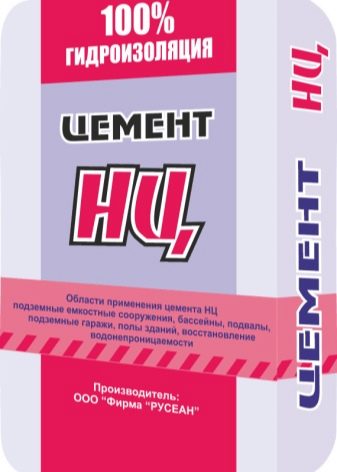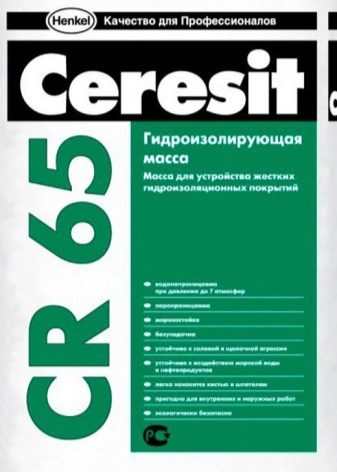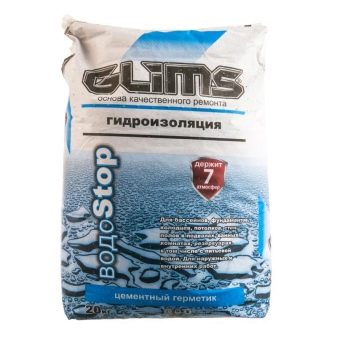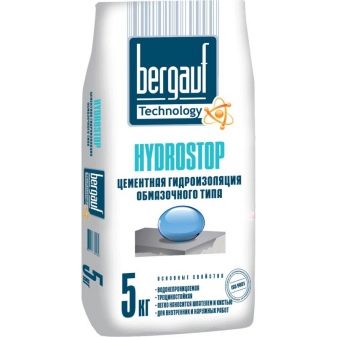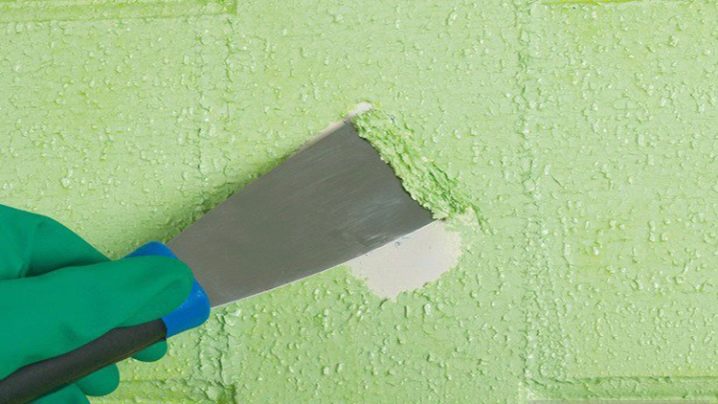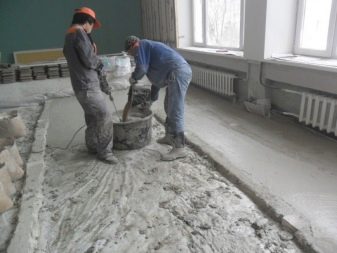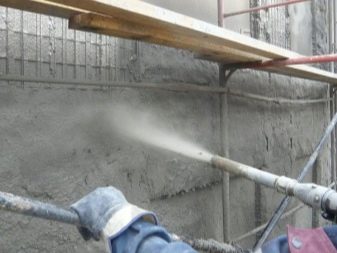Waterproofing cement-based: the pros and cons
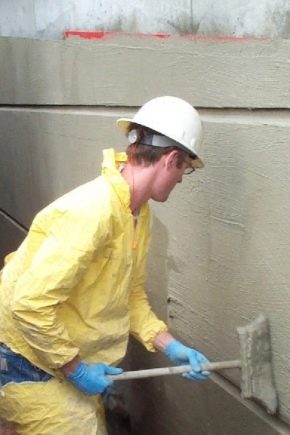
To date, the construction can not do without waterproofing materials based on cement. They stand out noticeably against other varieties, have their own advantages, although they are not without drawbacks.
Special features
Waterproofing on the basis of cement is called the materials with which in the construction of carry out the tightness of floors. These are compounds that do not let moisture inside the premises due to high moisture resistance. These materials are distinguished by their special strength of joints, have a high level of adhesion with concrete and other surfaces of various types (for example, brick). They are a highly effective tool for protecting enclosing structures, parts of buildings and structures from exposure to water, and are easy to use.
Externally, the materials are powder straining cement. The composition may vary, which determines the properties and purpose for specific conditions. However, these materials do not contain harmful impurities, so they do not emit toxic substances, safe for builders and residents. In addition, they are durable and subject to the rules of technology are characterized by a lifetime of more than one decade.
Such materials are applied in a thick layerthat allows them to withstand heavy loads. The technology of applying these materials resembles the work with plaster: the composition is diluted, then it is put on a spatula and smeared on walls or the floor.
During operation, these materials do not pass moisture to the enclosing structures, which eliminates the humidity of floors and, as a result, condensate, as well as the peeling of the finish from the base.
These are necessary materials that reinforce the overlap, prepare them for further finishing.
Advantages and disadvantages
The range of application of such waterproofing is quite extensive. It is used in low-rise and high-rise construction.. When diluted with ordinary water at room temperature, the composition in the desired consistency evenly spreads over the surface of the base, filling the gap. Some types of such waterproofing are characterized by non-shrinkage, others are distinguished by the possibility of expansion, which is one of the advantages of waterproofing based on cement.
Waterproofing cement compositions withstand not only dynamic but also static loads. This is due to the high cohesive strength and high level of adhesion to metal, concrete, brick and wood. Depending on the type of material nit can also be anchored on a wet surface, but the materials cannot be called universal.
In addition, they are not recommended to be mixed with each other and other compounds, since their quality properties and performance characteristics are affected by this.
Depending on the variety, they may be intended for internal and external works, not to mention that they are a quality primer for painting or laying tiles. This water-repellent material also has heat-insulating properties, therefore it can also become a flooring insulant.In addition, cement-based waterproofing quickly hardens, which allows for further finishing on top of the material after 2 weeks from the time of its application. Due to the high technical characteristics of the compositions do not need repair for a long time.
They can be applied on surfaces of various shapes.. For carrying out waterproofing works, the usual construction equipment is enough: trowel, level and brush. You can buy these mixes in any hardware store. In addition, they are inexpensive, so they can buy every buyer. In the composition of such materials the necessary components are balanced to increase the operational period of waterproofing. For example, they may contain fine cement, pure quartz sand, a crystallizing polymer.
The disadvantages of this type of material include the need for thorough preparation of the grounds. Without this, it is impossible to obtain a high-quality waterproofing layer.. The process of applying the composition to vertical surfaces takes more time than the distribution of the composition on a horizontal plane: they need reinforcement.An important nuance is the fact that, if the norms of consistency are not observed, the dried solution may cause cracks, and this will require alteration.
In addition, not every waterproofing material is able to withstand the critical indicators of sub-zero temperature, since the cold resistance of the compositions is different. Therefore, the purchase of the necessary material should be very careful, so that, in the end, waterproofing does not cause the repair of surfaces.
Kinds
Today, all existing types of cement-based waterproofing can be divided into 2 types: penetrating and coating.
Penetrating waterproofing notable for being able to fill gaps even in hard-to-reach places. In the process of solidification, it forms durable crystalline compounds that do not undergo destruction.
The type of coating type is divided into 2 categories:
- tough;
- flexible.
Waterproofing hard look is used when sealing joints or cracks. This coating mass is characterized by high setting speed. However, in the construction of houses from the array in the period of active shrinkage, it is not suitable, since it is ineffective before such a deformation. It is used where the shrinking process has already been completed, and the foundation has already been settled..
Flexible type waterproofing mixture - a mixture made with the addition of rubber. Due to this technology, it is characterized by greater elasticity and suitable for insulating deformable floors by applying to the walls or the floor in several layers. In addition to the basic dry mix, it has a polymer emulsion.
The whole range of waterproofing based on cement is divided in composition into several categories of mixtures:
- Cement sand. Hard type in need of moisture for 15 days. It may have different impurities, suitable for manual and automatic application of a monolithic coating.
- Cement with the addition of latex. Polymer mixture, resembling a liquid rubber, designed to spray on the technology of hot application. It protects the surface not only from moisture, but also from accidental mechanical damage.
- With liquid glass. Mix of cement and liquid glass, which, in addition to high-quality insulation of walls and floors, is able to strengthen the soil. In addition to the main characteristics, it is characterized by refractoriness and antiseptic properties.Let's apply as an obmazochny waterproofing and by means of direct inclusion in concrete weight.
Manufacturers
In the building materials market today, the buyer is offered a wide range of waterproofing based on cement. In order not to get lost in the wealth of choice, You can pay attention to the products of famous brands demanded by masters in the field of construction and repair:
- "NC" - stiffening rigid type cement with expansion possibilities, combined with sand mixture. Has 3 modifications, differs in frost resistance and fast hardening. With a large order is not supplied without packaging. For domestic needs sold in 25 and 40 kg.
- Ceresit CR 65 - one of the best materials with high performance, has a packaging of 25 kg. Creates a strong film that is inert to steam and resistant to low temperatures. It is applied to the surface twice, creating a waterproof coating.
- Glims boostop - coating waterproofing for swimming pools, foundations, wells and drinking water tanks. Sold in packs of 5 and 18 kg. Suitable for insulation of walls, floors, ceilings, including in basements and bathrooms, where the coefficient of humidity is average.
- Bergauf - according to reviews, the composition for rooms with an average coefficient of humidity.Differs in elasticity, is suitable for a covering of walls, a floor, the bases. Has packing of 5 and 20 kg.
Each material allows you to create an airtight layer that does not allow moisture to enclosing structures.
Tips and tricks
According to the instructions of experienced craftsmen, the technology of applying materials of this type implies the mandatory preparation of bases - this is a specific list of works that increases the degree of adhesion and strengthens the building envelope.
First of all, the working base of a horizontal or vertical type (walls, floor, foundation) removes the old peeling coating, removes dirt, oily stains, and then dust, since waterproofing will not stick to them.
Then the surface is moistened with ordinary water. While the overlap dries, prepare a solution, mixing, if necessary, the composition with the necessary components according to the manufacturer's instructions. The working solution is applied on the prepared base, evenly distributing and leveling. The second layer can be applied to the first one in two or three days with its constant moisture. Next, apply the third layer by the method of "wet" application, that is, the surface on which the spray is applied should be wet.
Consumption composition will be different, depending on the thickness of the applied layer and the composition of a single waterproofing. On average, 1 square. m leaves 3-4 kg of flexible type material and 5-7 kg of rigid waterproofing. The thickness of each layer should not be large, otherwise the composition will crack. Usually 1 layer does not exceed 2–3 mm.
If cracks have formed on the surface, it is necessary to remove the problem area and apply the composition again.
To learn how to apply cement waterproofing of the HYDROSTOP coating type, see the following video.
